So I'm trying to figure out a good way of vectorizing a calculation and I'm a bit stuck.
| A | B (Calculation) | B (Value) |
|---|----------------------|-----------|
| 1 | | |
| 2 | | |
| 3 | | |
| 4 | =SUM(A1:A4)/4 | 2.5 |
| 5 | =(1/4)*A5 + (3/4)*B4 | 3.125 |
| 6 | =(1/4)*A6 + (3/4)*B5 | 3.84375 |
| 7 | =(1/4)*A7 + (3/4)*B6 | 4.6328125 |
I'm basically trying to replicate Wilder's Average True Range (without using TA-Lib). In the case of my simplified example, column A is the precomputed True Range.
Any ideas of how to do this without looping? Breaking down the equation it's effectively a weighted cumulative sum... but it's definitely not something that the existing pandas cumsum allows out of the box.
